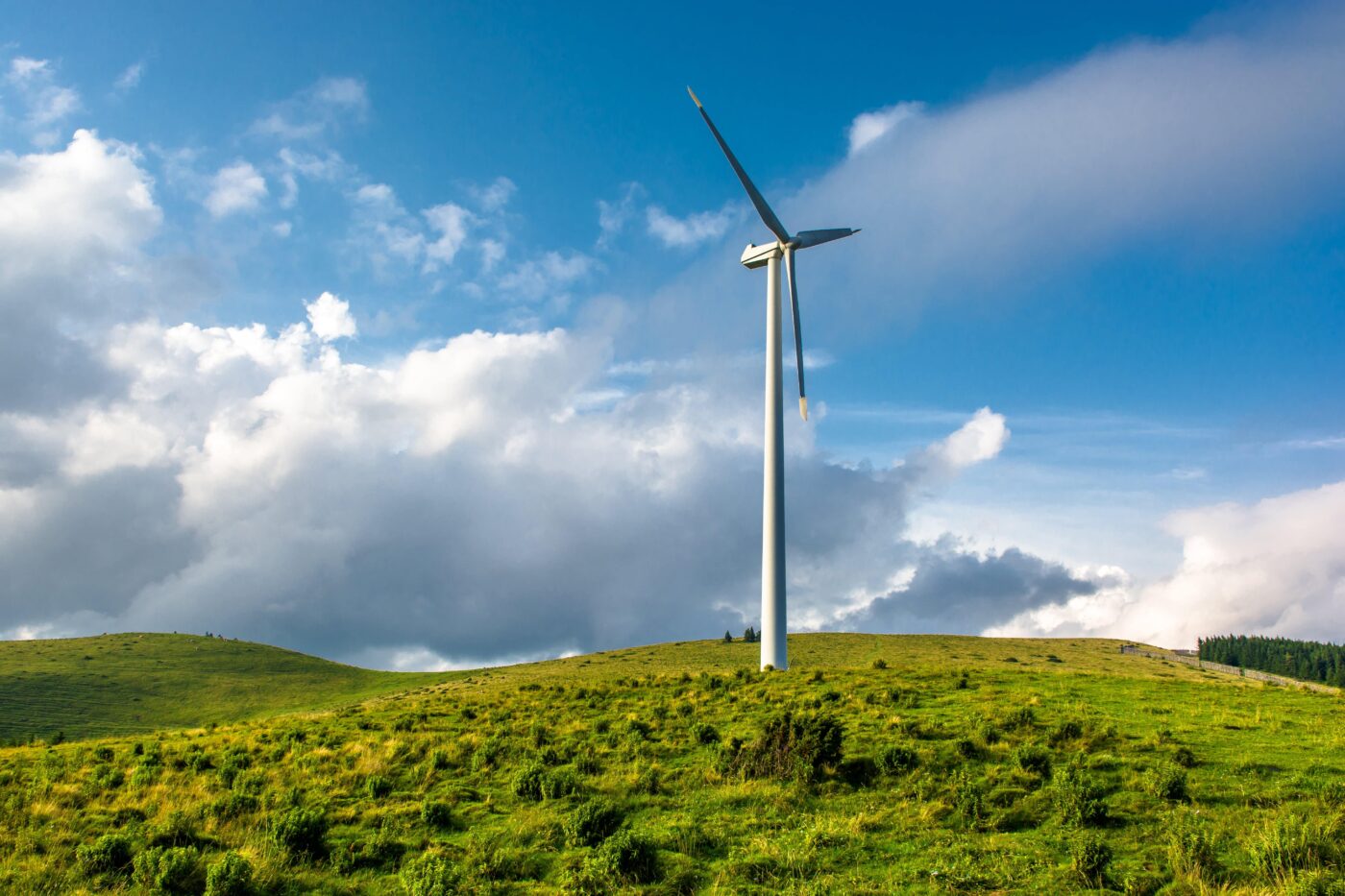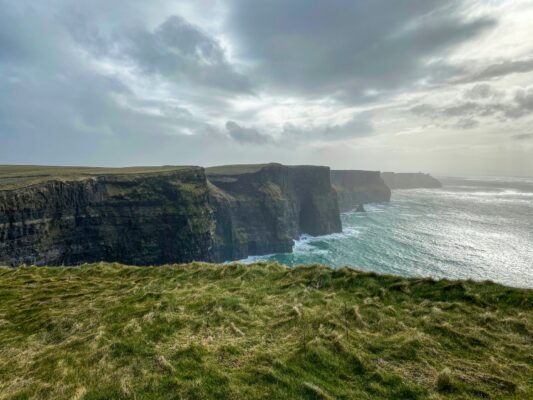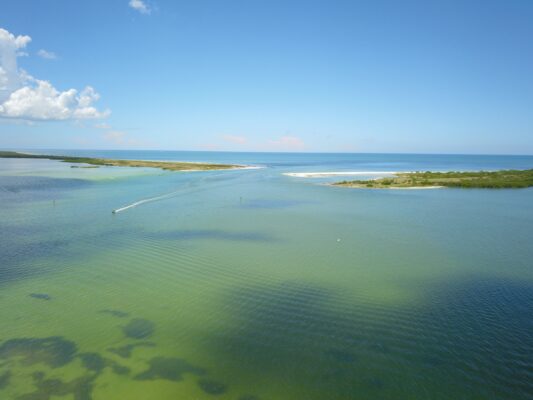Austria’s leap towards wind energy
Known for its unwavering commitment to nature preservation, Austria has wholeheartedly embraced wind energy. Its geography, including the windy corridors of the Eastern Alps and flat plains in the east, provides ideal locations for wind farms. The success of Austria’s wind energy revolution can also be attributed to its dedication to achieving its energy objectives. As a member of the European Union, Austria has pledged to significantly increase its reliance on renewable energy sources. By 2030, it aims to generate 100% of its electricity from renewable sources, with wind power playing a key role in attaining this ambitious goal.
Over the past decade, the nation has witnessed a surge in wind power installations, cementing its position as a pioneer in transitioning toward renewable energy. By the end of 2021, Austria’s wind energy capacity reached around 3,800 MW, producing approximately 8.5 TWh of electricity annually. The country currently boasts more than 1,300 wind turbines capable of producing up to 10,000 MW of carbon-free, sustainable, and environmentally friendly energy. It can power entire cities, reducing energy costs and creating new jobs.
Wind energy challenges in Austria
Companies in Austria face difficulties in obtaining permits for wind projects, navigating complex regulations and administrative obstacles, public acceptability issues, grid integration challenges, and land use competition. The NIMBY (Not In My Backyard) syndrome, aesthetic concerns, and noise pollution are common issues that necessitate sophisticated communication strategies and community involvement. These obstacles demand strategic planning and management to assure the success of wind energy projects in Austria.
Government support and policy initiatives
Austria’s government has implemented policies and incentives to accelerate wind energy development. Feed-in tariffs, which guarantee a fixed price for wind energy generated and fed into the grid for 13 to 20 years, have been used to encourage investors and energy corporations to invest in wind projects. In addition to the tariffs, the government also provides subsidies and grants for research and development, project financing, and energy efficiency measures. This has fostered innovation in wind energy technology, expanded financing options, and enabled the implementation of energy-efficient measures in both industries and households.
In 2019, the Austrian government launched the “Windkraftmasterplan” to increase wind energy capacity by 9 GW by 2030. The plan focuses on simplifying permitting procedures, optimizing grid integration, and increasing public acceptance. Additionally, public-private partnerships, like the Green Energy Lab, aim to accelerate renewable energy technology development and deployment.
Importance of technological progress
Advancements in wind energy technology are set to shape the future of the industry in Austria. The integration of smart grids and the application of artificial intelligence are expected to enhance the efficiency and performance of wind energy systems.
To stay at the forefront of the industry, companies need to invest in research and development. Collaboration with academic and research organizations will be critical for accessing the latest insights and breakthroughs in wind energy technologies.
Unlocking the hidden potential
Austria’s wind energy industry offers both challenges and opportunities for wind turbine manufacturers. The sector has significant growth potential, but issues such as grid integration, public acceptance, and regulatory compliance must be addressed. Sustainable wind energy expansion requires government regulations like feed-in tariffs and clear renewable energy objectives. Investment opportunities are plentiful, and collaboration between industry associations, research institutes, and public-private entities fosters innovation. Overall, Austria has a good potential to attain sustainability by utilizing wind energy.



